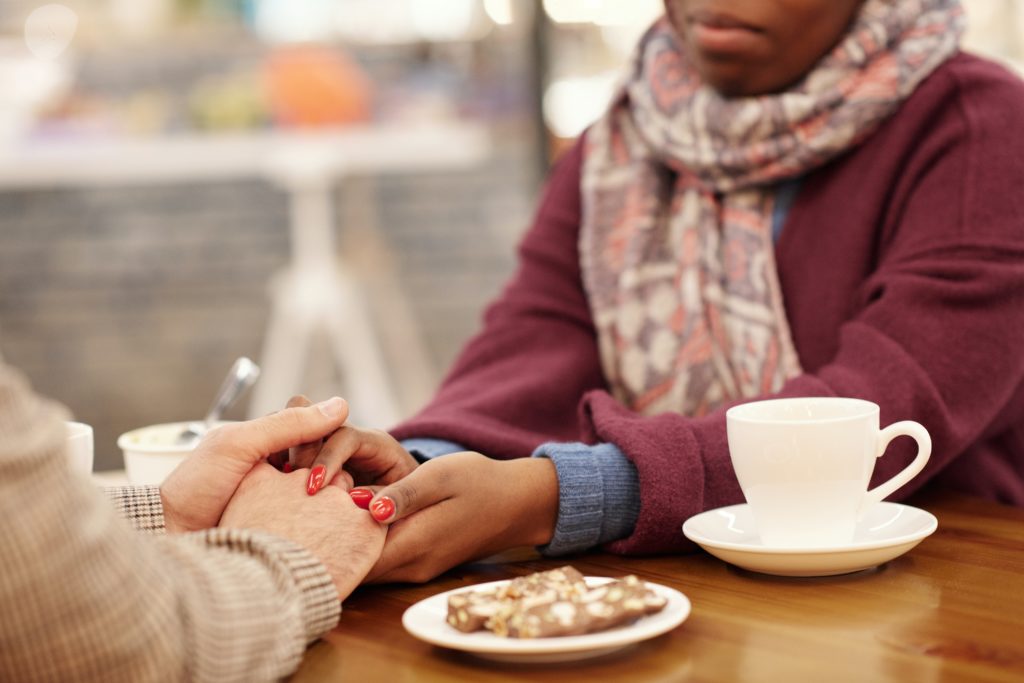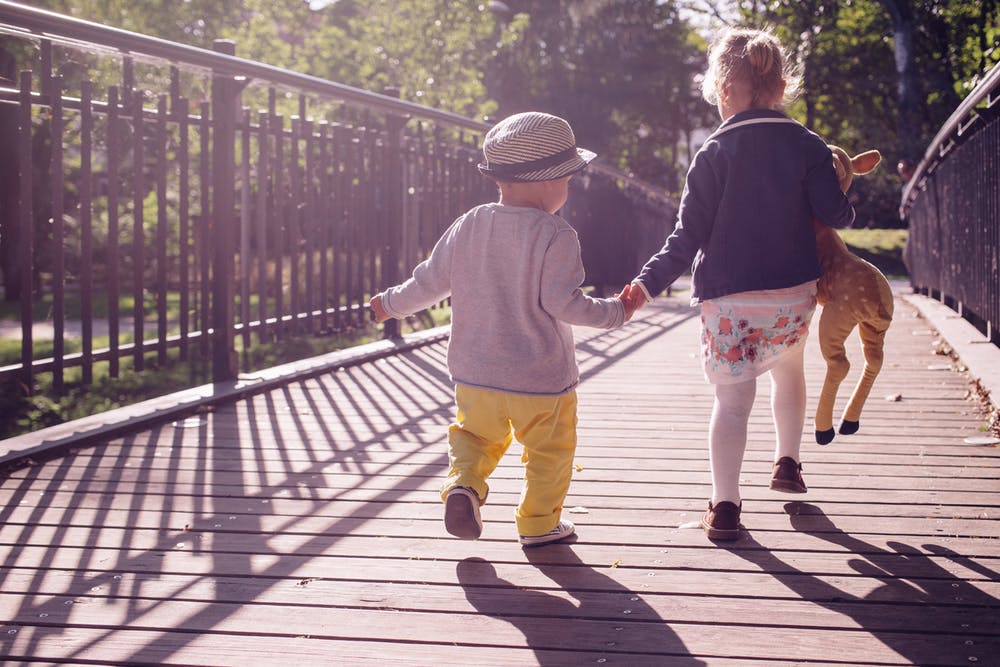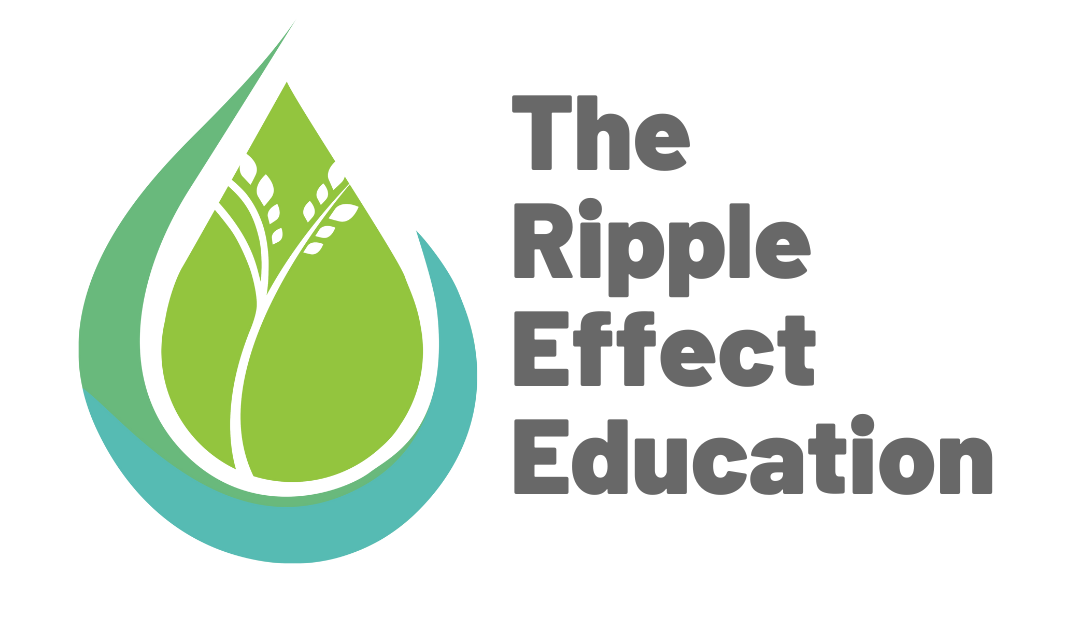Becoming an Active Bystander: Online Bystandership

When thinking about being an active bystander, we often think of examples from when we are at school, our workplaces, or in public. What is more difficult to think of, but just as prevalent for most of us, (if not more), is how we can be an active bystander in the online world. Having a […]
Becoming an Active Bystander: 5 D’s of Bystandership

When seeing harm happening in our communities, it can be difficult to know what we can do about it. It often takes time to know how to intervene, and can be difficult to think of in the moment. The 5 D’s are a few methods that can be used in different situations when we see […]
Becoming an Active Bystander: Positions and Terms

It is not uncommon to hear about harm of different kinds on the news. We hear stories of physical, mental, and emotional violence in different ways – both targeted and non-targeted. Among these stories, we might also see heroic acts from people who were nearby and what they did to stop the violence. I often […]
6 Tips for Building Conflict Resolution Skills in Children’s Early Years

In the first six years of their life, children are learning about themselves and the world around them. They are learning what it means to think ahead, to understand others, and be able to express themselves. Children at this age are in a phase of intense development, growing cognitively, linguistically and socio-emotionally. When adults around […]
4 Ways to Respond to Conflict as a Bystander

Between the ages of 5 and 18, I rode the bus to school nearly every morning. Each day was different; some days were calm, and others were boisterous, but most days included some kind of conflict. I did my fair share of instigating those conflicts, but I also had the opportunity to observe plenty of […]

